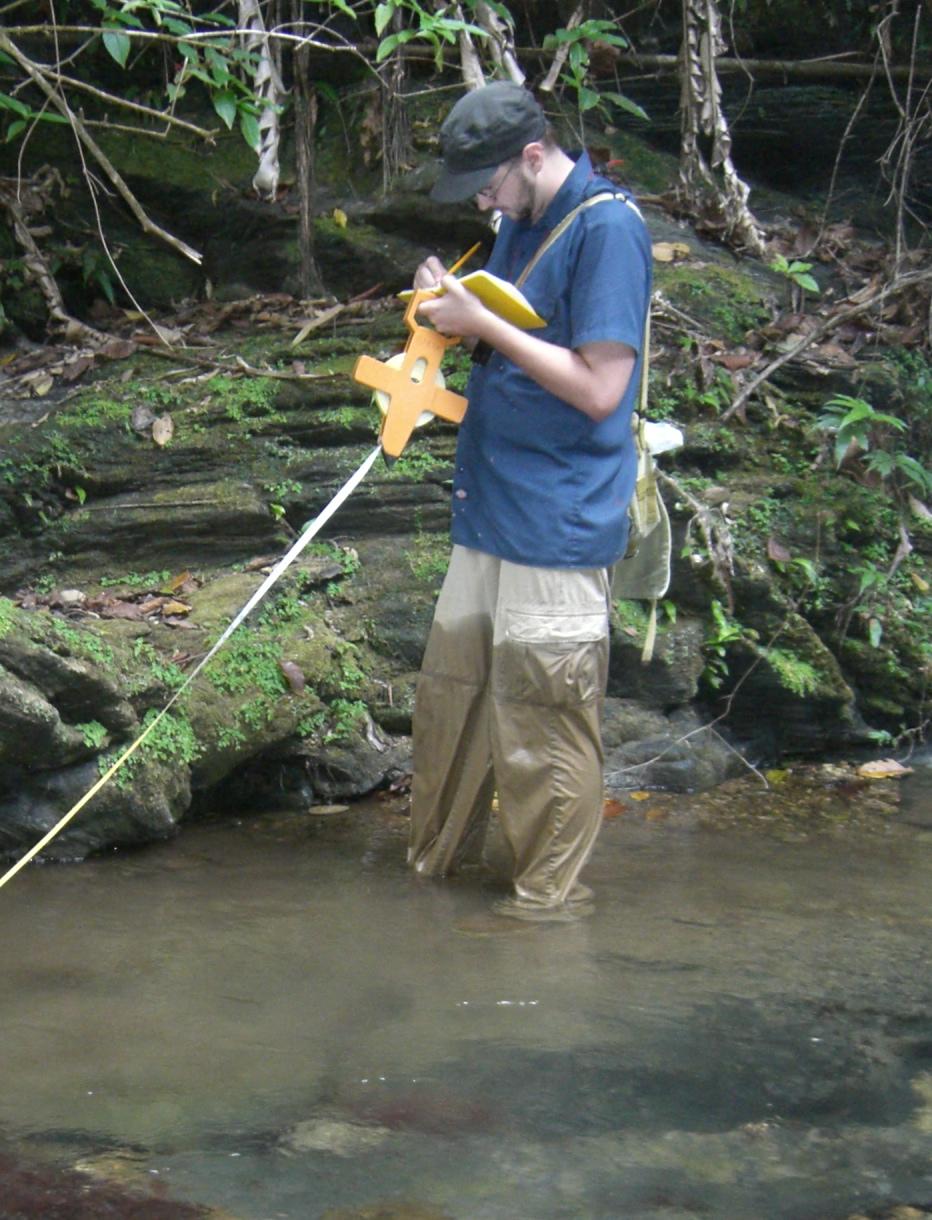| My research focuses on intra- and inter-specific interactions and their effects on population and metapopulation dynamics. I currently have study two interaction: 1) plant-herbivore and 2) competition between the sexes in a clonal organism. |
 |
Plant-Herbivore Dynamics
Herbivore populations can exhibit outbreaks which are rapid orders of magnitude increases in population densities. These outbreaks can be detrimental to natural and agricultural systems, but the mechanisms driving outbreaks are not well understood, especially the bottom-up plant-based mechanisms, such as plant responses to herbivores. Plant responses to herbivores can take many forms. Plants can be resistant to herbivores, reducing herbivore survival or fecundity. Plants can compensate for herbivory, where the fitness/biomass of a damaged plant is the same as the fitness/biomass of an undamaged plant. Plants can also overcompensate for herbivory, where the fitness of a damaged plants is greater than the fitness of an undamaged plant. Although these plant responses, especially overcompensation, may be beneficial for natural and cultivated plants, they could affect the herbivore population dynamics in counterintuitive ways, especially if the plant responses interact. To understand short-term plant-herbivore dynamics and predict long-term dynamics, I combine empirical work and theoretical models.
|
 |
Competition Between the Sexes in Clonal Plants
In many species, the ratios of males to females vary, from male-biased sex ratios to female-biased sex ratios. In organisms capable of asexual reproduction, the variation can be more extreme, with male-only or female-only populations, metapopulations (a population of populations), and species. The ecological mechanisms that drive sex ratio variation and the maintenance of two sexes are not well known, but competition between the sexes has been proposed as one of the main hypotheses.
|

